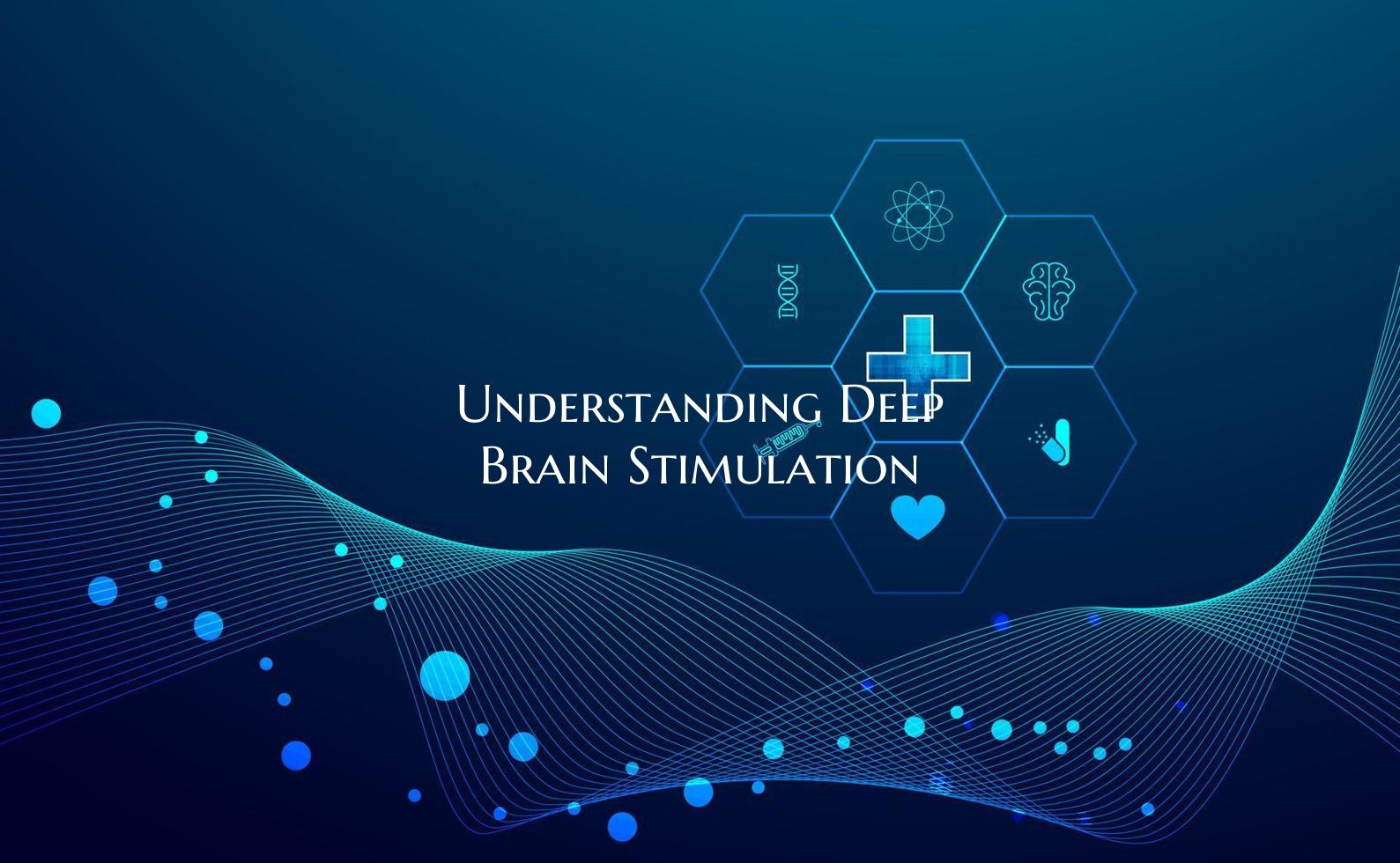
Understanding Deep Brain Stimulation
Deep Brain Stimulation (DBS) is a surgical procedure that involves the implantation of a medical device called a neurostimulator to deliver electrical impulses to specific areas in the brain. This technique is used to treat various neurological disorders, including Parkinson's disease, essential tremor, dystonia, and obsessive-compulsive disorder.
DBS works by modulating the abnormal electrical signals in the brain that are responsible for the symptoms of these neurological conditions. The neurostimulator is connected to electrodes that are carefully placed in the targeted brain regions. These electrodes deliver electrical impulses that help regulate the abnormal brain activity and alleviate symptoms.
Before undergoing deep brain stimulation, patients undergo a series of evaluations to determine if they are suitable candidates for the procedure. This includes a thorough assessment of their medical history, imaging studies to pinpoint the precise brain regions requiring stimulation, and extensive discussions with the healthcare team to understand the potential risks and benefits.
During the surgical procedure, the neurosurgeon implants the neurostimulator and electrodes with extreme precision. Once the device is in place, the settings are adjusted to deliver the appropriate level of stimulation to effectively manage the symptoms of the patient's condition. Regular follow-up visits are essential to fine-tune the settings and ensure optimal outcomes.
While deep brain stimulation is a highly effective treatment option for many patients, it is important to note that it is not a cure for neurological disorders. However, it can significantly improve quality of life by reducing symptoms such as tremors, stiffness, and dyskinesias in movement disorders, as well as alleviating the often debilitating effects of obsessive-compulsive disorder.
In conclusion, deep brain stimulation is a groundbreaking therapy that offers new hope to individuals living with neurological conditions. By understanding how this innovative treatment works and its potential benefits, patients and healthcare providers can work together to explore this option and improve the quality of life for those affected by these challenging disorders.